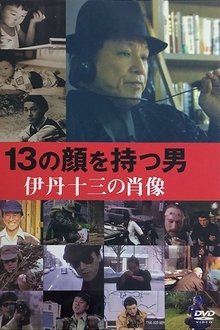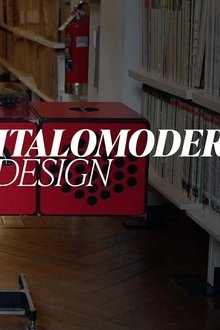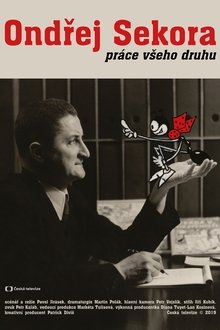The personal odysseys of some of the most influential advertising visionaries of all time and the stories behind their campaigns.
Related Movies

Mad Rise: The Story of Australian Basketball (2023)
Charts the remarkable rise of Australian basketball, following the real stories of the players and coaches responsible for the sport's ascendancy, and the events that changed Australian basketball forever.
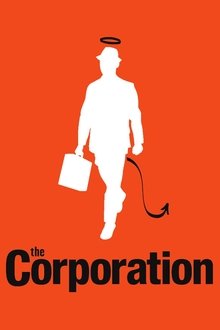
The Corporation (2003)
Since the late 18th century American legal decision that the business corporation organizational model is legally a person, it has become a dominant economic, political and social force around the globe. This film takes an in-depth psychological examination of the organization model through various case studies. What the study illustrates is that in the its behaviour, this type of "person" typically acts like a dangerously destructive psychopath without conscience. Furthermore, we see the profound threat this psychopath has for our world and our future, but also how the people with courage, intelligence and determination can do to stop it.
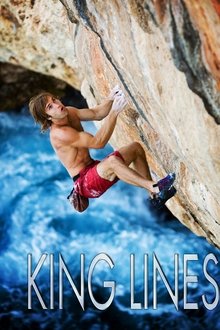
King Lines (2007)
King Lines follows Chris Sharma on his search for the planet's greatest climbs. From South American fantasy boulders to the sweeping limestone walls of Europe, Sharma finds and climbs the hardest, most spectacular routes. Off the coast of Mallorca he discovers his most outrageous project yet, a 70 foot arch rising from the Mediterranean Sea...

Keiko Kishi, Eternally Rebellious (2023)
Born in 1932, Keiko Kishi has been one of the first Japanese actresses known worldwide. Her decision to move to France and to marry director Yves Ciampi in 1957 – after he filmed her in Typhoon Over Nagasaki starring Jean Marais and Danielle Darrieux – caused a huge scandal in Japan. Despite this transgression, Keiko Kishi continued acting in her home country with Kon Ichikawa, Yasujiro Ozu, Masaki Kobayashi… building unique bridges between Japanese and European cultures. Free and rebellious, she emancipated herself from the many obstacles she encountered in the film industry, and created her own production company in her early twenties. Let’s look back at the story of a pioneer, an inspiration for many generations.
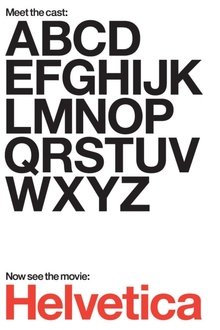
Helvetica (2007)
Helvetica is a feature-length independent film about typography, graphic design and global visual culture. It looks at the proliferation of one typeface (which will celebrate its 50th birthday in 2007) as part of a larger conversation about the way type affects our lives. The film is an exploration of urban spaces in major cities and the type that inhabits them, and a fluid discussion with renowned designers about their work, the creative process, and the choices and aesthetics behind their use of type.
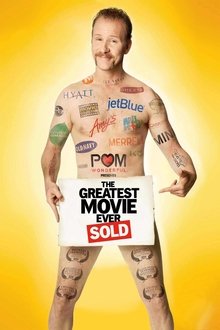
POM Wonderful Presents: The Greatest Movie Ever Sold (2011)
A documentary about branding, advertising and product placement that is financed and made possible by brands, advertising and product placement.

Bauhaus Spirit: 100 Years of Bauhaus (2018)
Founded in 1919 by Walter Gropius, Bauhaus was supposed to unite sculpture, painting, design and architecture into a single combined constructive discipline. It is a synthesis of liberated imagination and stringent structure; cross-medial concepts that embellish and enrich our existence, illumination and clarity, order and playfulness. But Bauhaus was never just an artistic experiment. Confronted with the social conditions of that particular time, as well as the experience of WWI, the movement concerned itself with the political and social connotations of design from the very outset. Hence, Bauhaus history is not just the history of art, but also the history of an era that stretches from the early 20th century to the modern day.
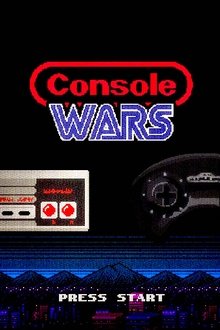
Console Wars (2020)
In 1990, SEGA, a fledgling arcade company assembled a team of misfits to take on the greatest video game company in the world, Nintendo. It was a once-in-a-lifetime, no-holds-barred conflict that pit brother against brother, kids against grownups, Sonic against Mario, and uniquely American capitalism against centuries-old Japanese tradition. For the first time ever, the men and women who fought on the front lines for Sega and Nintendo discuss this battle that defined a generation.

Das Plakat - Die Geburt der modernen Werbung (2018)
Advertising: Colorful and projected on a large scale. The new era begins at the beginning of the 20th century in Berlin, Munich and Vienna. Lucian Bernhard, Ludwig Hohlwein and Julius Klinger put the products of industrialization in a new light: cars and cigarettes, fashion and cosmetics. The story of the three exceptional graphic artists and how their poster art revolutionized advertising.
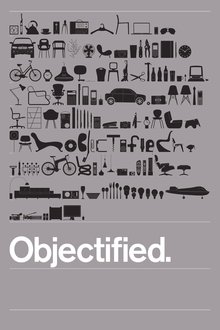
Objectified (2009)
A feature-length documentary about our complex relationship with manufactured objects and, by extension, the people who design them.

Spitfire: The Birth of a Legend (2006)
‘Spitfire— Birth of a Legend‘ tells the story of the Spitfire from a radical design on the drawing board to the fighter aircraft that became the symbol of Britain’s determination to fight on to victory. It celebrates the history of this acclaimed aircraft, the men who designed and built it, and those who flew and fought in it. The story, along with dramatic archive and colour film of aerial combat, graphically illustrates the appeal and fascination the Spitfire has maintained since it faced and fought the fighter and bomber formations of the Luftwaffe.
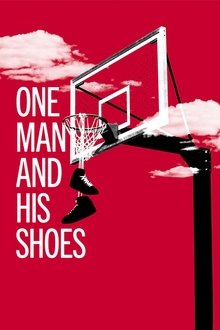
One Man and His Shoes (2020)
'One Man and His Shoes' tells the story of the phenomenon of Air Jordan sneakers showing their social, cultural and racial significance and how ground-breaking marketing strategies created a multi-billion-dollar business.
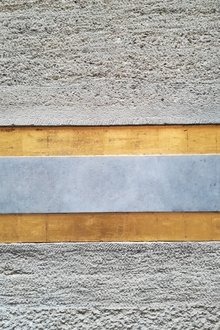
2021-1985 (2021)
Confidential report on designer Dino Gavina's showroom created by Carlo Scarpa between 1961 and 1963. Restoration details and stills from a 1985 film by Ellis Donda.
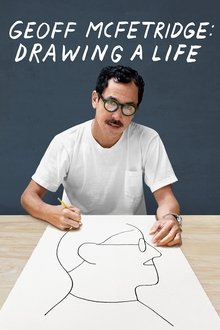
Geoff McFetridge: Drawing a Life (2023)
Deeply thoughtful and illuminating, DRAWING A LIFE reveals the details of artist Geoff McFetridge’s life and work while delving further into the universal questions of what makes a fulfilling life and how to live with intention in the limited time we all have.
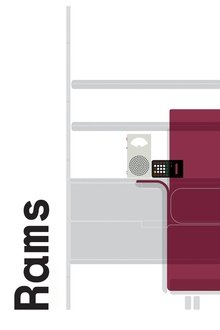
Rams (2018)
RAMS is a documentary portrait of legendary designer Dieter Rams by filmmaker Gary Hustwit. For over fifty years, Rams has left an indelible mark on the field of product design with his iconic work at Braun and Vitsoe, and his influence on Apple. So at 86 years old, why does he now regret being a designer? RAMS is a design documentary, but it’s also a rumination on consumerism, materialism, and sustainability. Dieter's philosophy is about more than just design, it’s about a way to live. The film also features an original score by pioneering musician Brian Eno.
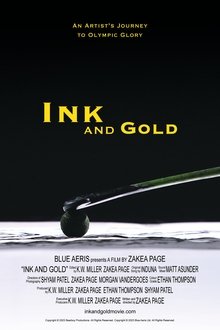
Ink and Gold: An Artist's Journey to Olympic Glory (NaN)
'Ink and Gold: An Artist's Journey to Olympic Glory' is a short form documentary that follows the journey of New Zealand artist and athlete, Zakea Page, winning the Lausanne 2020 Youth Olympic Games medal design competition and fulfilling a lifelong dream to perform at the opening ceremonies. The film was shot over the course of one week in Lausanne, Switzerland, at the 2020 Youth Olympic Games and weaved together with self-taped footage of Zakea's younger years as an athlete and artist. Accompanied with interviews of his family, 'Ink and Gold' highlights the connection between art and sport in bringing together peoples of diverse cultures and backgrounds to bridge barriers of language and foster connections, mutual understanding, and respect for one another.
